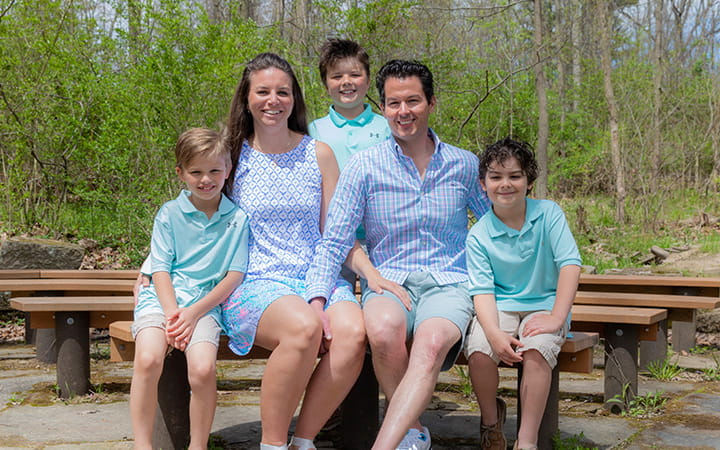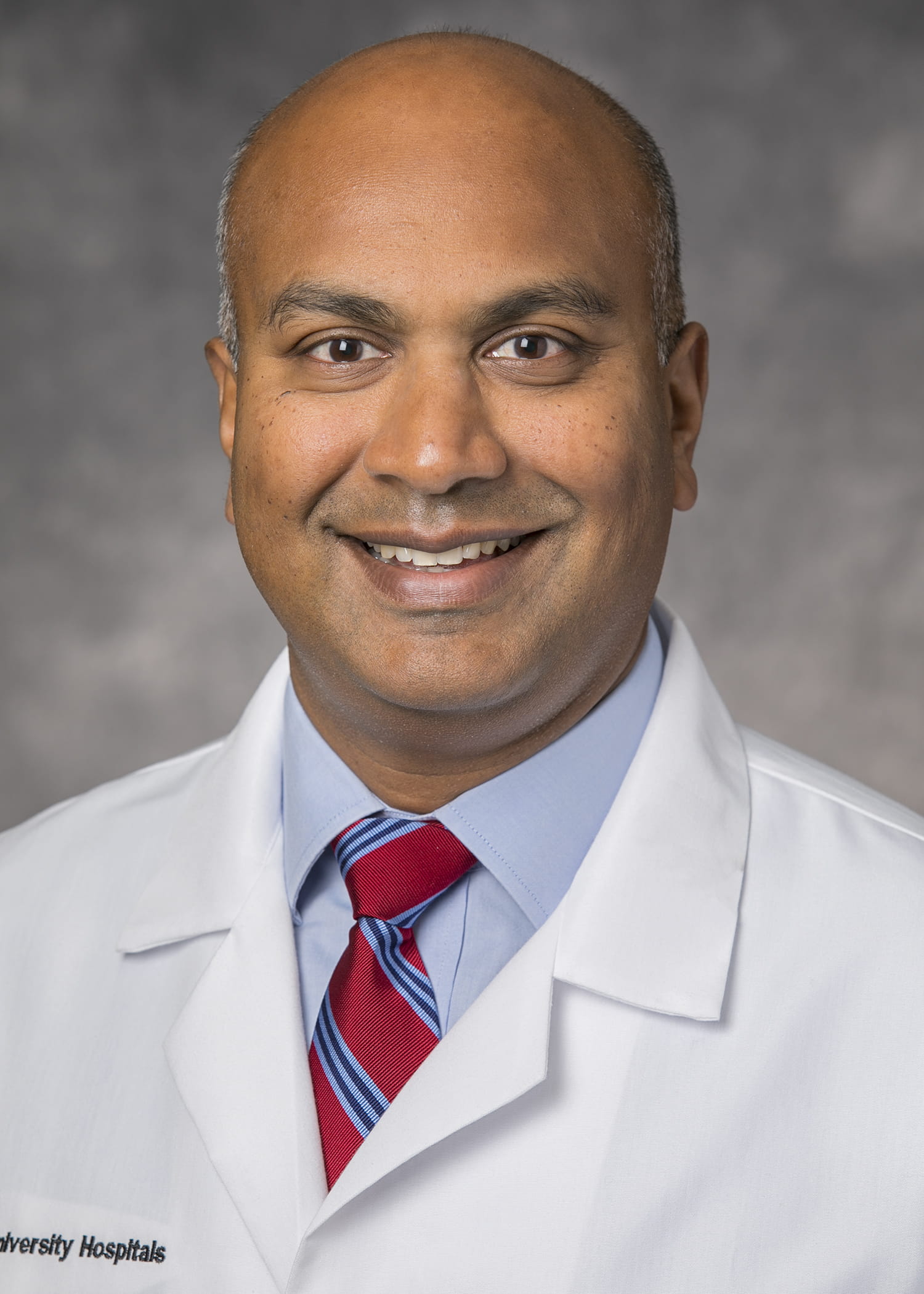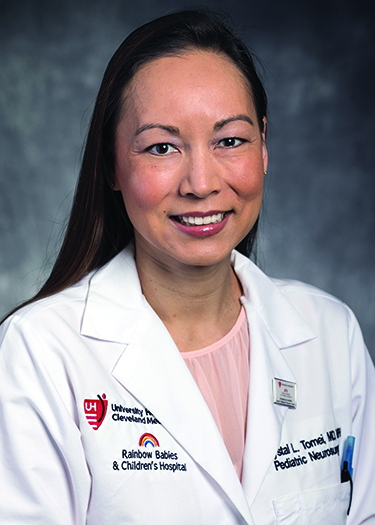Young Patient Overcomes Complex Craniofacial Challenges With Specialized Team
June 23, 2020
 University Hospitals Rainbow Babies & Children'sExperts in Children's Health
University Hospitals Rainbow Babies & Children'sExperts in Children's Health



When PJ Ross was just 3 months old, concerns raised by his pediatrician at a routine visit led to a surprising diagnosis. Craniofacial specialists at UH Rainbow Babies & Children’s Hospital discovered that PJ had unilateral craniosynostosis – a birth defect in which the bones on one side of the skull grow together too early.
“PJ was our first child and we thought he was the most beautiful, perfect little baby. We didn’t notice until later the subtle signs that something wasn’t right,” recalls PJ’s mom, Bridget, who is a labor and delivery nurse at UH MacDonald Women’s Hospital.
Complex Diagnosis
Babies are born with multiple gaps between the bones in the skull called cranial sutures. These gaps allow the brain to grow without restriction and then naturally fuse together later in life. But unilateral craniosynostosis caused some of the bones in PJ’s skull to fuse together in infancy, severely limiting room for his brain to grow.
“Like trying to blow up a balloon in a box, the brain needs room to grow within the skull,” explains Anand Kumar, MD, Chief of Pediatric Plastic Surgery at UH Rainbow and PJ’s craniofacial surgeon. “Without surgical treatment, the condition would cause the skull to grow into an abnormal shape and put pressure on the brain, leading to serious problems such as vision loss and impaired brain development.”
A Team Approach
At 8 months old, PJ underwent a nine-hour surgery at UH Rainbow to separate the fused bones in his skull and place internal spring devices to hold the spaces open to allow for brain and skull growth.
“These complex surgeries rely on the close collaboration of a team of specialists,” explains Krystal Tomei, MD, Chief of Pediatric Neurosurgery at UH Rainbow Babies & Children’s Hospital and PJ’s neurosurgeon. “Each area of specialty is important, but we create the best possible outcomes by working together.”
Although his first surgery was a success, PJ required additional surgeries every few months to correct imbalances in his eye muscles. Again, a team of physicians, including Faruk Orge, MD, pediatric ophthalmologist, worked together to perform a series of intricate surgeries. Despite these challenges, PJ continued to grow into a happy and active toddler.
Multidisciplinary Care
PJ also attends UH Rainbow Babies & Children’s Hospital’s Cleft & Craniofacial Clinic yearly. The Clinic, which is held once a month, allows craniofacial patients and their families to meet with a multidisciplinary team. The diverse team of specialists connects ophthalmology, neurosurgery, plastic surgery, audiology, pediatric dentistry, psychology, speech therapy, social work and much more. PJ’s parents also attend the Clinic’s craniofacial support group to connect with other families overcoming similar challenges.
“Craniofacial issues affect many aspects of life, from learning issues to orthodontic care,” Dr. Kumar says. “The goal of the clinic is to offer complete ‘wraparound’ services, supporting patients in the many ways their condition touches their lives as they grow.”
Personal Connection
Although some patients with craniosynostosis require only one surgery, patients who have multiple fused cranial sutures, like PJ, often experience recurrent problems. As a result, PJ experienced fusion of bones in his skull a few more times throughout the years. When his parents noticed signs such as a slight change in the shape of his head or vision changes, they reached out to Dr. Tomei.
“Thanks to a group of physicians who knew him well and focused on coordinated team care, we were able to recognize some of his symptoms early,” says Dr. Tomei. “If it weren’t for this team of physicians working together for PJ’s best interest, his symptoms may have been missed or his care delayed.”
PJ underwent a number of subsequent surgeries to create additional space in his skull for his brain to develop, as well as relieve pressure on his brain and optic nerves. At every step, his doctors and the family worked together.
“PJ has been positive through it all. And he’s taken a role in his care, talking directly with doctors and helping make some of his own decisions,” says Bridget.
Today, at age 8, PJ is a normal, happy kid. He loves to swim and play baseball and is an excellent student in the second grade. Although his doctors believe PJ’s days of surgery are likely behind him, the family still visits the hospital to bring the team treats and donate toys at Christmas.
“We have trust in our doctors who always take the time to explain his treatment and show us why it is necessary. We are blessed and grateful to have the healthcare team we have,” says Peter, PJ’s dad. Bridget adds, “They are like family.”
Related Links
All pediatric craniofacial and vascular anomaly patients are seen in the new state-of-the-art Zagara Specialty Clinic at UH Rainbow Babies & Children’s Hospital. Learn more.


